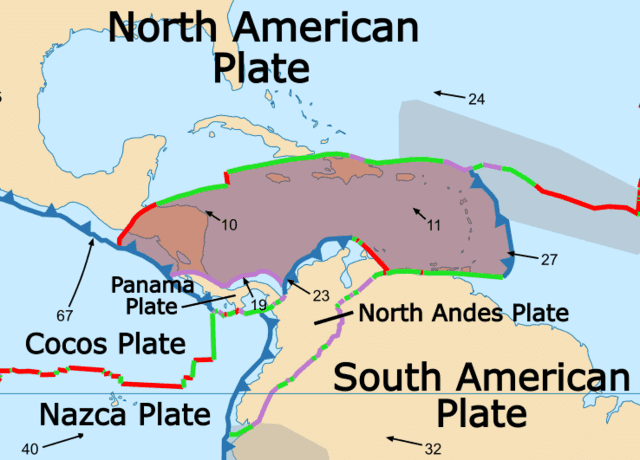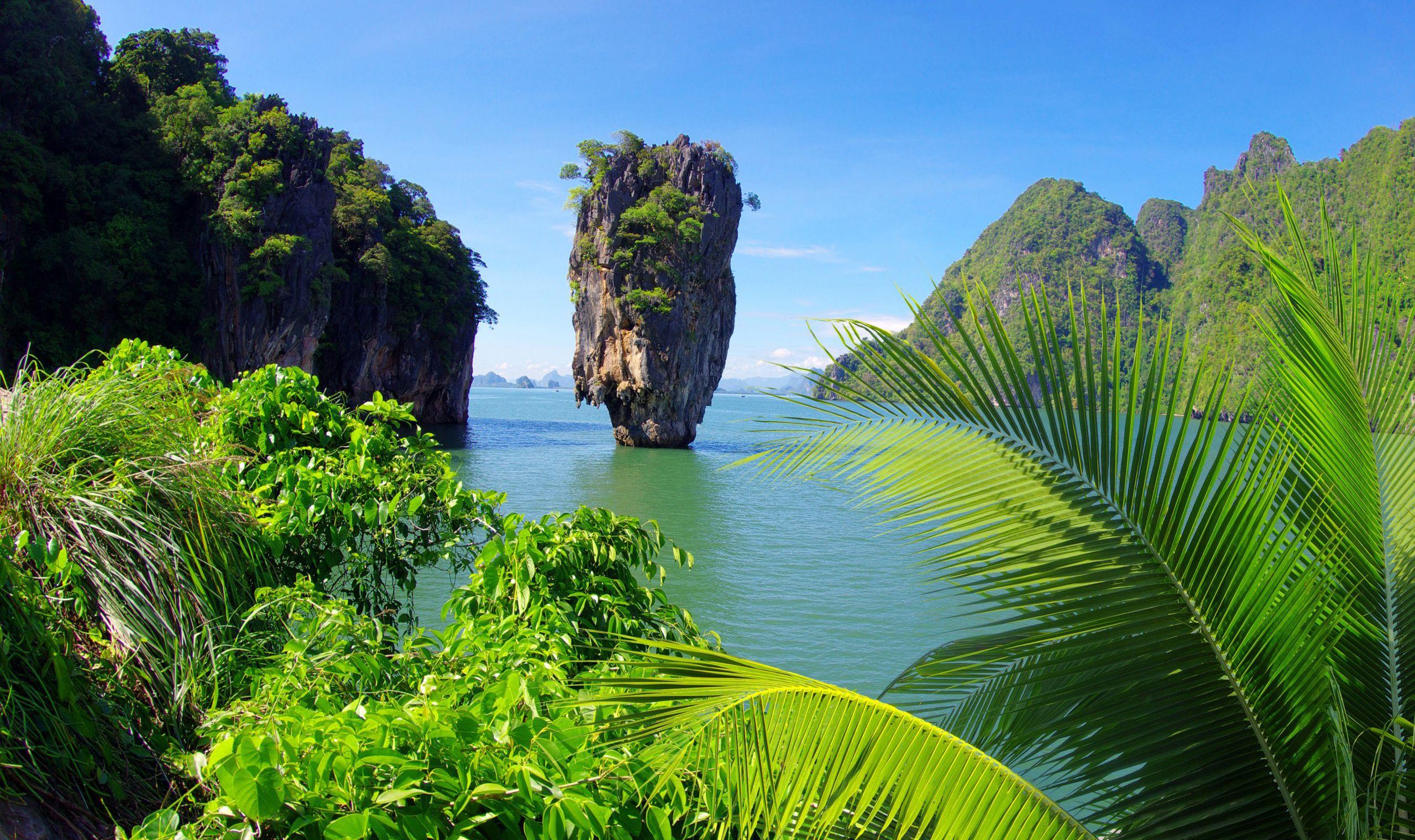The Caribbean Plate is a tectonic plate located beneath the Caribbean Sea, encompassing several islands, coastal areas, and parts of Central America and South America. Understanding its characteristics gives insight into geological phenomena, seismic activity, and the region’s unique ecology. Below are two pivotal facts that illuminate the complexities of the Caribbean Plate.
Fact 1: The Caribbean Plate’s Geological Dynamics
The Caribbean Plate is a fascinating entity in the realm of plate tectonics due to its interactions with neighboring tectonic plates. It is bordered by the North American Plate to the north, the South American Plate to the south, and the Cocos Plate to the west. These interactions often result in various geological processes, such as subduction, rifting, and lateral faulting.
At the northern boundary of the Caribbean Plate, where it interfaces with the North American Plate, there lies the complex and highly active San Andreas Fault system. This fault line is notorious for its seismic activity, and the movement along it is a key contributor to earthquakes. The Caribbean Plate is being pushed in a northeast direction, causing strain along these boundaries, which can culminate in significant geological events.
Conversely, the southern boundary of the Caribbean Plate interacts with the South American Plate through the much-studied Lesser Antilles subduction zone. Here, the South American Plate is slowly subducting beneath the Caribbean Plate, leading to volcanic activity in the Lesser Antilles island arc. This region is characterized by a chain of active volcanoes, such as Montserrat and St. Lucia, where the geothermal energy and tectonic movements create unique biodiversity and topographical features.
Complexities arise because the Caribbean Plate does not move homogeneously. The internal tectonic stresses cause localized uplift, subsidence, and faulting, resulting in varied landscapes across the region—from lush rainforests to arid islands. Furthermore, the intricate interplay of geological forces can foster the formation of natural resources, like oil and natural gas, which are present in certain regions of the Caribbean Plate.
Fact 2: Impact on Biodiversity and Ecological Systems
The geological characteristics of the Caribbean Plate significantly influence its biodiversity and ecological systems. The diverse marine and terrestrial ecosystems are a direct consequence of the plate’s shifting and dynamic nature. The submergence and elevation of land masses contribute to the formation of distinct habitats, making the Caribbean one of the richest areas for biodiversity in the world.
Coral reefs flourish in the shallow waters above the Caribbean Plate, which are vital ecosystems supporting a vast array of marine life. Coral reefs provide essential habitat and breeding grounds for numerous fish species and are crucial in maintaining the overall health of marine environments. However, these delicate ecosystems face threats from climate change, ocean acidification, and human activity. The interdependence between geological stability and the vitality of marine life cannot be overstated, as changes in tectonic activity can disrupt these delicate balances.
On land, the Caribbean’s varying elevations—from mountainous terrains in places like the Dominican Republic to flat coastal areas—favor different species of flora and fauna, leading to significant endemism. The amalgamation of tropical forests, dry forests, and mangrove ecosystems creates niches that allow species to adapt and thrive. The evolutionary paths of flora and fauna are often influenced by geological shifts, and many species exhibit unique adaptations that reflect their localized environments.
In addition to affecting individual ecosystems, the Caribbean Plate’s geological dynamics also have broader implications for climate and weather patterns in the region. The mountainous areas affect trade winds, which can influence rainfall distribution, thus impacting both human activities and ecological health. This interplay manifests in a tapestry of biomes, where the effects of the plate tectonics reverberate throughout the chain of life.
Moreover, the socio-economic implications of the Caribbean Plate cannot be ignored. The interplay between geological features and ecosystems has shaped human settlement patterns, cultural practices, and economic activities. Coastal communities rely on fishing, tourism, and shipping, activities that are closely interwoven with the geological stability and ecological health of the region.
In conclusion, the Caribbean Plate stands as a significant geological factor influencing both the physical landscape and vibrant ecosystems of the Caribbean region. Its interactions with neighboring plates dictate seismic activity, shape biodiversity, and impact human societies. Understanding these facets of the Caribbean Plate is crucial for appreciating the complexities of natural systems and for making informed decisions regarding conservation and sustainable practices moving forward.










